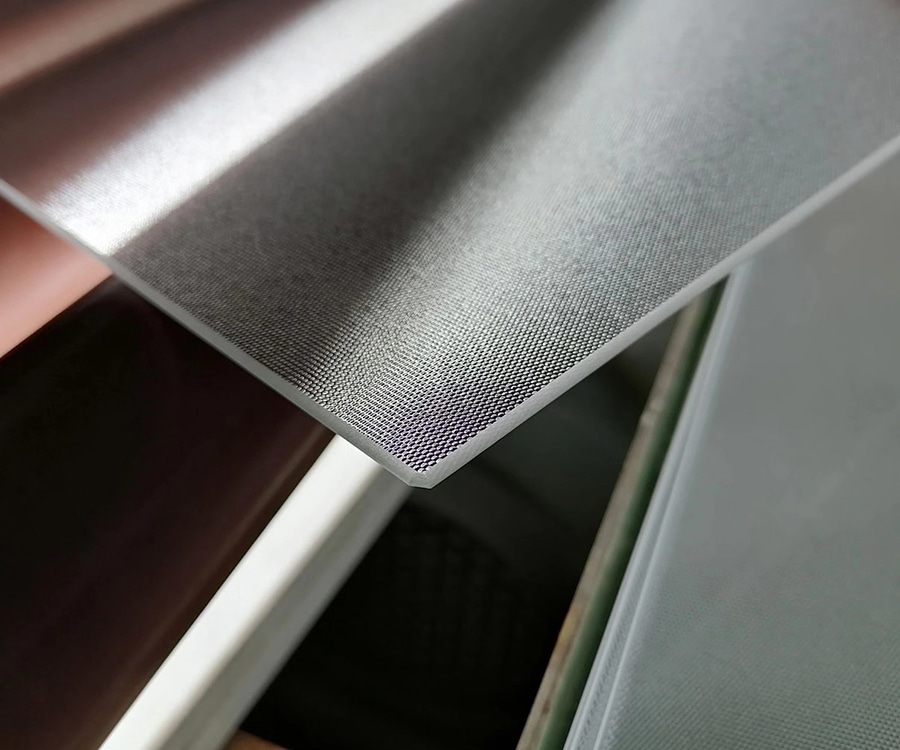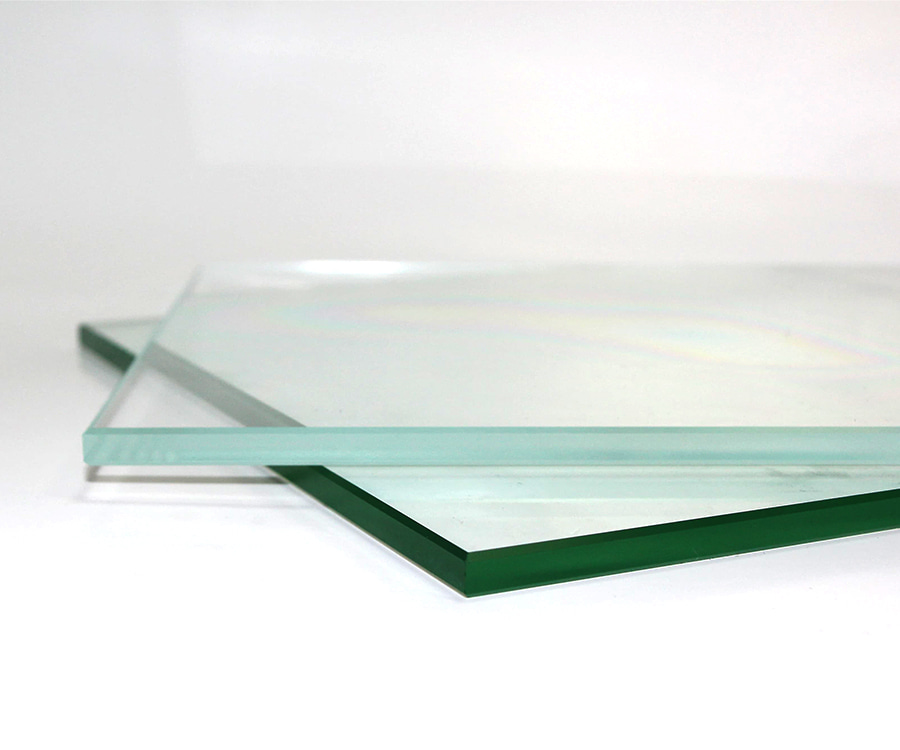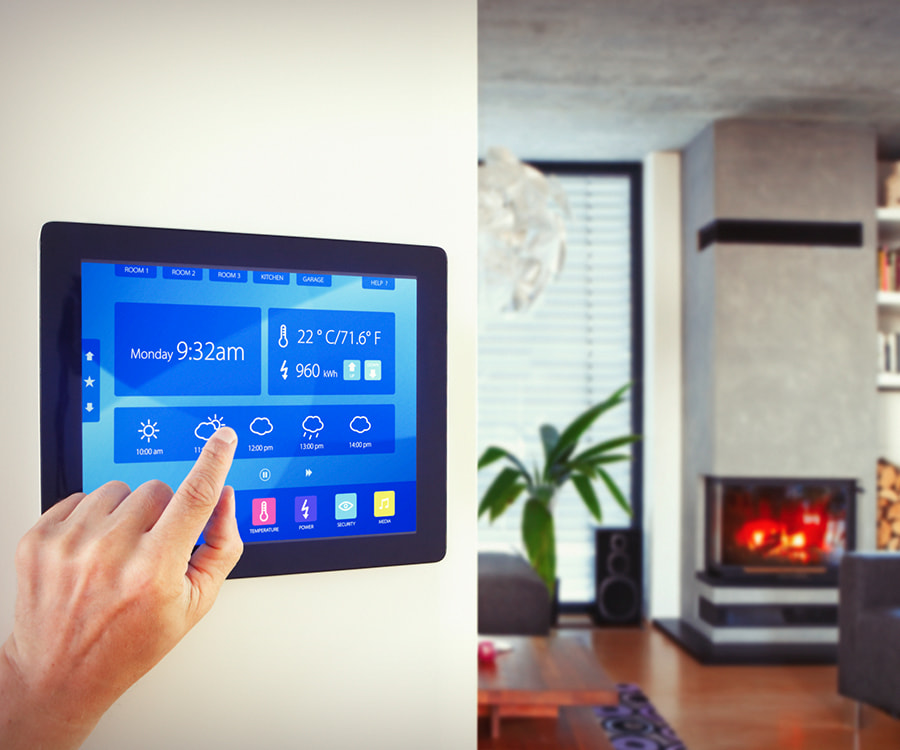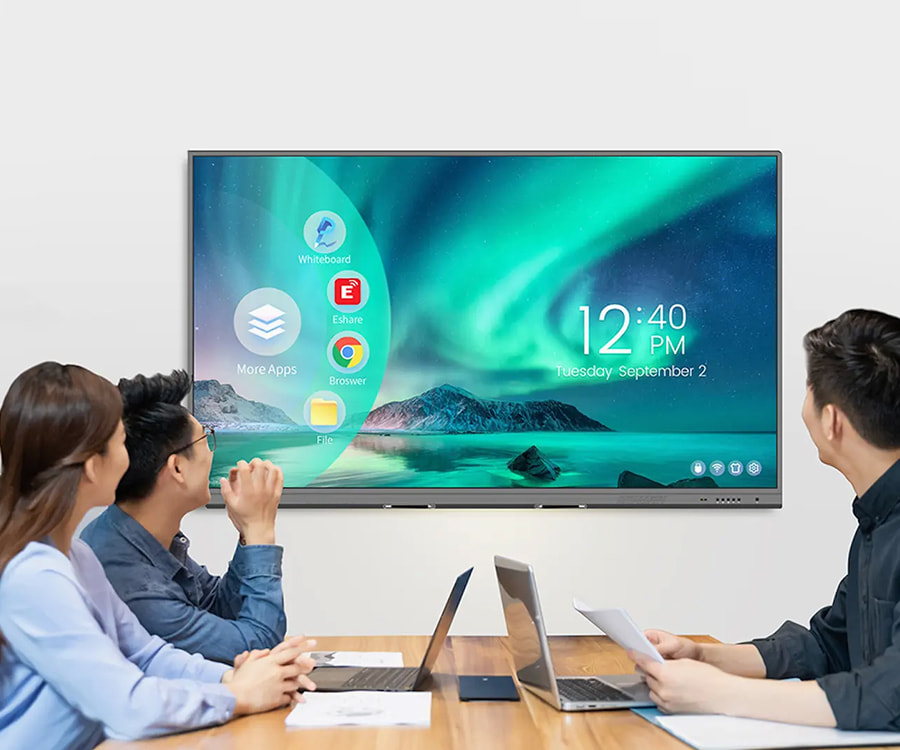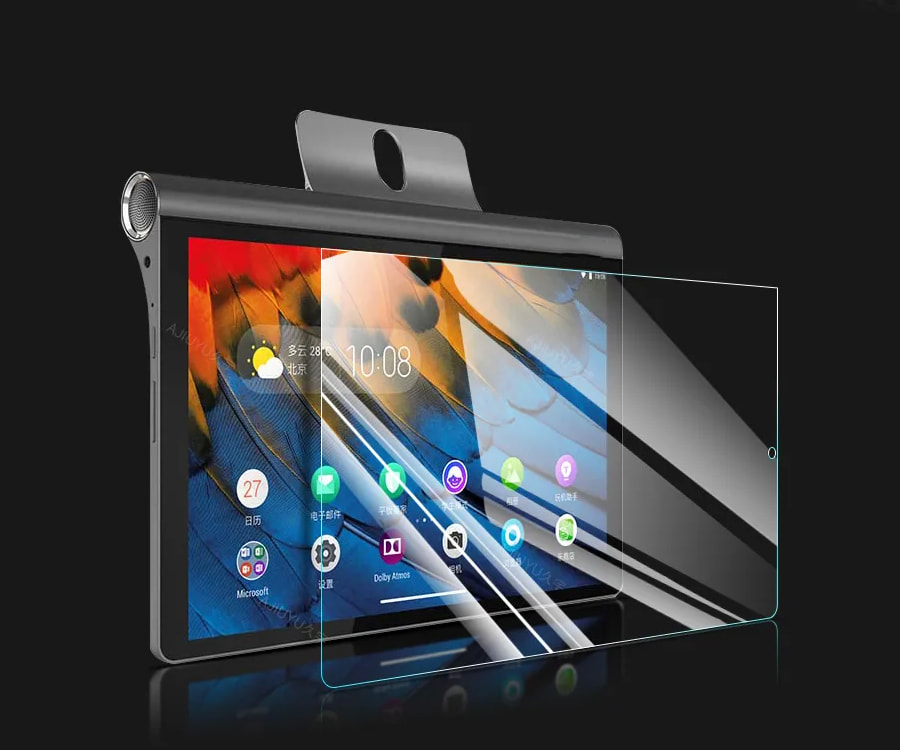Electronic device glass plays a pivotal role in enabling touchscreen sensitivity and responsiveness, revolutionizing the way we interact with our devices. Through a combination of specialized materials and advanced manufacturing techniques, electronic device glass facilitates precise touch input detection and rapid response times, enhancing user experience in smartphones, tablets, laptops, and other touch-enabled devices.
At the heart of touchscreen functionality lies the capacitive touch technology, which relies on the ability of certain materials, including glass, to store and transmit electrical charge. In capacitive touchscreens, a thin layer of conductive material is deposited onto the surface of the glass, forming an array of transparent electrodes. When a user touches the screen with a finger or stylus, it disrupts the electrostatic field generated by the electrodes, resulting in a change in capacitance that is detected by the device's controller.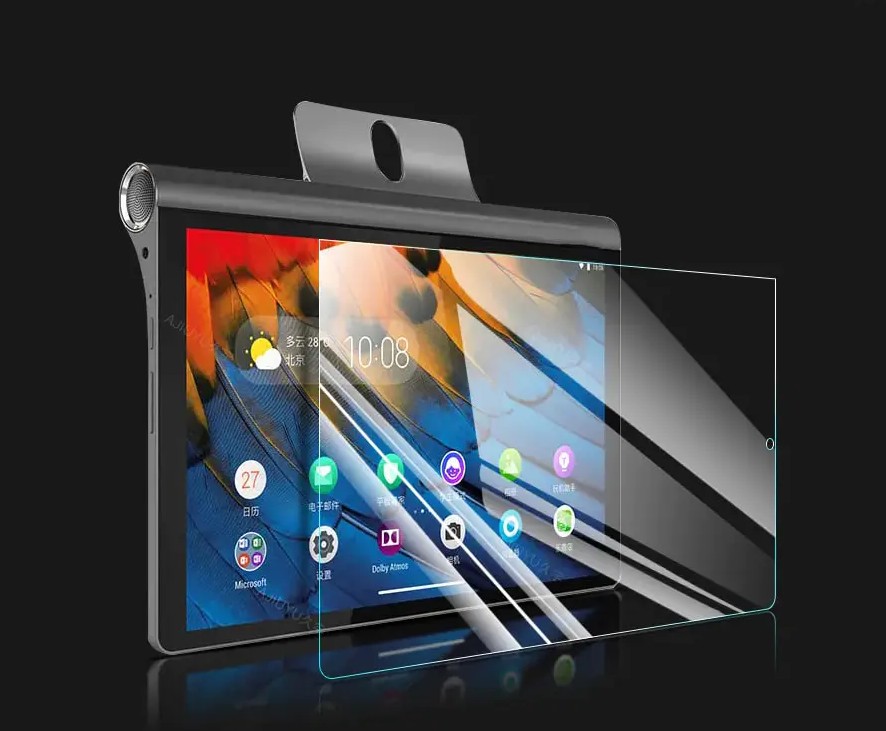
The properties of electronic device glass are carefully optimized to ensure optimal capacitive sensing performance. The glass must possess high transparency to allow for clear visibility of on-screen content, as well as excellent electrical conductivity to facilitate efficient charge transfer between the electrodes and the user's touch input. Additionally, the glass must exhibit uniform thickness and smoothness to ensure consistent touch sensitivity across the entire surface of the screen.
Moreover, electronic device glass undergoes specialized manufacturing processes to enhance its surface properties and durability, further improving touchscreen responsiveness. Techniques such as chemical strengthening, ion exchange, and surface polishing are employed to increase the glass's resistance to scratches, abrasion, and impact damage, ensuring long-term reliability in demanding usage environments.
Furthermore, advancements in glass composition and processing have led to the development of ultra-thin and flexible glass substrates, enabling the creation of curved and foldable touchscreen displays. These innovative glass materials retain the sensitivity and responsiveness of traditional rigid glass while offering greater design flexibility and versatility in device form factors.
In addition to the physical properties of the glass itself, touchscreen sensitivity and responsiveness are also influenced by the underlying sensor technology and software algorithms. Manufacturers employ sophisticated sensor arrays and signal processing algorithms to accurately interpret touch inputs and distinguish between intentional gestures and unintended touches, ensuring precise and intuitive interaction with the device.
Electronic device glass plays a crucial role in enabling touchscreen sensitivity and responsiveness by providing the necessary substrate for capacitive touch technology. Through careful optimization of its material properties and manufacturing processes, electronic device glass facilitates seamless and intuitive touch interaction, enhancing the usability and functionality of modern electronic devices.



